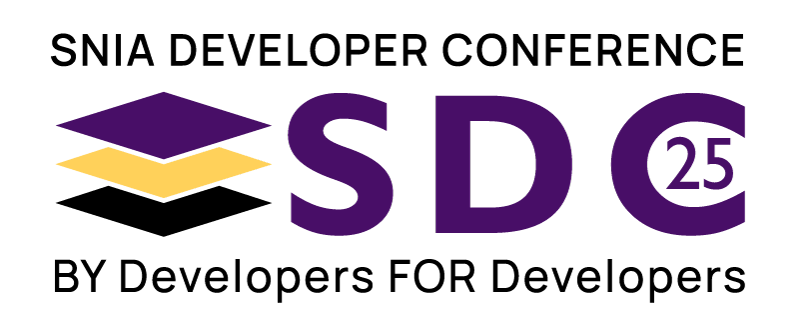Linux's ability to access files remotely via SMB3.1.1 continues to improve. Many new SMB3.1.1 features and optimizations have been implemented and with the new kernel server Linux (ksmbd) in mainline Linux there are now multiple Linux server options (Samba and ksmbd). Performance has improved with better use of leases in metadata caching, and dynamic reconfiguration of network interfaces and enhanced parallelization has improved multichannel performance. Support for compressed network mounts and SMB3.1.1 packet signing has also progressed, and the read ahead and offline caching mechanisms have been rewritten. Cross-mount server side copy is now possible too. Security improvements have been made, including removing support for weaker legacy authentication algorithms. The kernel server has made great progress, including some great RDMA (smbdirect) performance improvements and improvements in quality and testing. This presentation will go through the features added over the past year to the Linux client (and kernel server) and demonstrate how they help common scenarios, accessing a wide variety of SMB3.1.1 servers: including the cloud (e.g. Azure), Samba, Windows, Macs and the new Linux kernel server (ksmbd), and also discuss where we need to go to improve SMB3.1.1 even more for Linux.
Accessing Files Remotely with Linux: Recent progress with the SMB3.1.1 client and servers and where do we go from here?
Wed Sep 14 | 11:35am
Location:
Salon VI, Salon VII
Abstract
Learning Objectives
- What new SMB3.1.1 features for accessing servers from Linux are now available? How has the client improved?
- What new SMB3.1.1 features have been added to the Linux kernel server, and what does this enable?
- What workloads over SMB3.1.1 have now improved?
- What new network filesystem features are expected to be added soon (to the client and server) to improve remote access to files?
- What do we need to do to make the Linux user experience even better accessing files from Linux? What do we need to do to extend the protocol, the client and/or the server>
---
Steven French
Microsoft
Related Sessions










